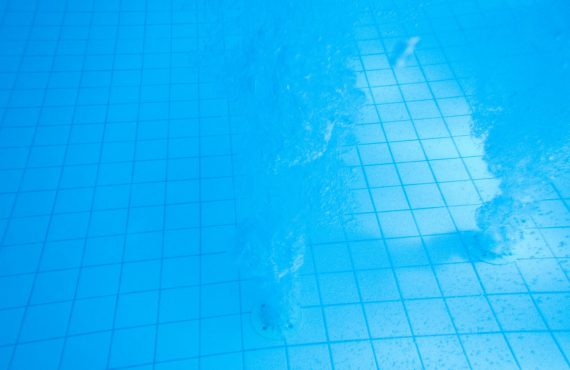Two new resources are available from the Agency for Healthcare Research and Quality (AHRQ) to protect nursing home residents and staff from COVID-19. The resources are intended to support the use of observational audits, which can help facilities understand if staff members are fully complying with infection prevention practices.
AHRQ has responded to the pandemic by creating the National Nursing Home COVID Action Network under an AHRQ contract worth up to $237 million that is part of the $5 billion Provider Relief Fund authorized in 2020 under the Coronavirus Aid, Relief, and Economic Security (CARES) Act.
The six goals of Network are to:
- Prevent SARS-COV-2 from entering nursing homes where it has not been detected.
- Identify residents and staff who have been infected with SARS-COV-2.
- Prevent the spread of SARS-COV-2 between staff, residents, and visitors.
- Provide safe and appropriate care to residents with mild and asymptomatic cases of COVID-19.
- Ensure staff members have the knowledge, skills, and confidence to implement best-practice safety measures to protect residents and themselves.
- Reduce social isolation for residents, families, and staff during these difficult times.
To achieve the six goals, the Network offers resources for nursing homes which include a 16-week training program and evidence-based education, with two new education resources released in March 2021.
One of the new tools is a document explaining the difference between competency checks that are completed by facilities to meet education and regulatory compliance and observational audits that should be completed as part of the facility’s ongoing Quality Assurance Performance Improvement (QAPI) process. A chart is embedded in the document that helps facilities to identify the differences between competency checks and observational audits and when each is appropriate. A major difference between competency checks and observational audits is that competency checks occur in a controlled environment, such as scheduled trainings, while observational audits allow the auditor to obtain accurate compliance rates and identify process failures during staff routines, such as a step in the handwashing process that some staff may miss. These are the data points that are needed for an effective QAPI project. The Competency Check vs. Observational Audit document can be accessed at: Agency for Healthcare Research and Quality Competency Check vs. Observational Audit (ahrq.gov).
The second new tool discusses observational audits and how these audits can provide a pathway to improving infection control and preventing the spread of COVID-19. The new tool also has an embedded chart to guide the user on how to conduct successful observational audits to improve prevention of the spread of COVID-19 in facilities. Observational audits should focus on one aspect of infection prevention at a time, such as hand hygiene or environmental cleaning. The Observational Audits: A Pathway to Improving Infection Prevention and Preventing the Spread of COVID-19 document can be accessed at: Observational Audits (ahrq.gov).
The AHRQ full list of resources, including training and educational materials, can be accessed at: AHRQ ECHO National Nursing Home COVID-19 Action Network | Agency for Healthcare Research and Quality.
Issue:
Improving infection control and preventing the spread of COVID-19 must be among the highest priorities for all facilities. The use of observational audits, when completed correctly, can assist nursing home leaders in determining which areas of infection control are being completed correctly by staff and which areas require additional training and education for staff. The results of the observational audits should be shared with the QAPI committee, and a performance improvement plan (PIP) should be initiated and tracked to improve areas that continue to be a challenge for staff in their infection control practices.
Discussion Points:
- Review your Infection Control Plan and update as necessary. Select an evidence-based observational audit tool that aligns with your facility’s infection control plan and establish a method for collecting the data.
- Train leaders on the observational audit tool and how to use it correctly. Auditors should also be trained on analyzing data and assisting in benchmarking to determine when baseline data should be incorporated into a PIP. Document that the trainings occurred, and file the signed document in each employee’s education file.
- Periodically audit to ensure that both competency checks and observational audits are being completed accurately. Provide findings to the QAPI/QAA Committee for review.
















































































